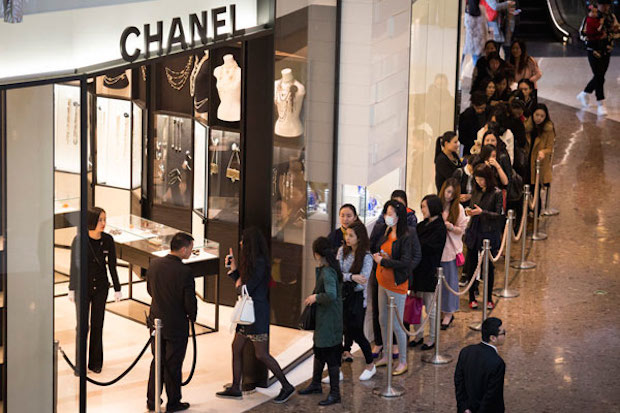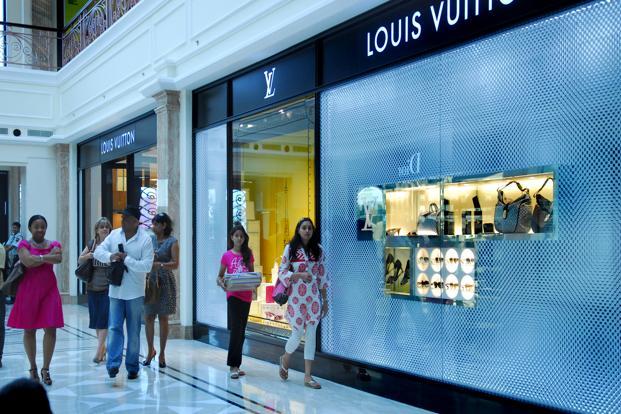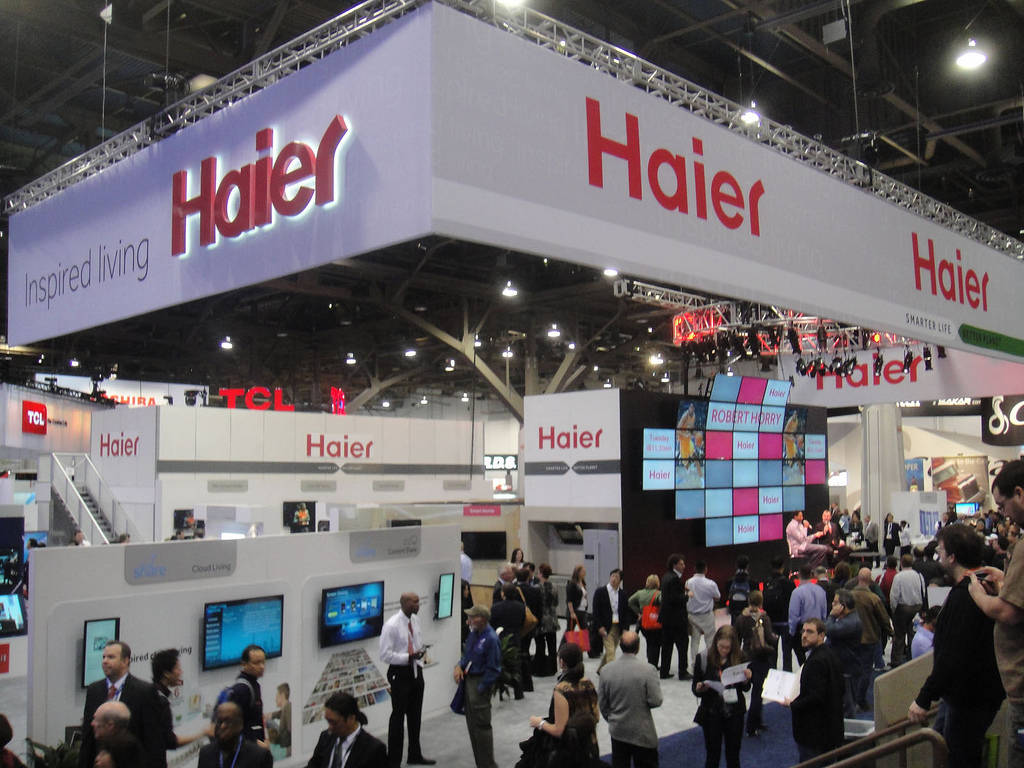We all know intuitively that large emerging markets like India and China are vastly different from one region to another and one city to the next. However, luxury brands market their products in many of these large emerging markets with a homogenous strategy that assumes consumers are the same within these countries. With lower-tier cities in these markets becoming the new growth engines for luxury brands, our latest research shows that significant differences in luxury consumption motivations exist within higher – and lower – tier cities in these large markets. We offer guidance on successfully negotiating these complexities.

The growth of luxury in lower-tier cities
Lower-tier cities in emerging markets that you may or may not have heard of such as Ahmedabad, Guilin, Hefei, Lucknow, Ranchi, Madurai, and Weifang, among others are now considered new growth engines for luxury. A Luxe Digital report shows that 45 % of Chinese consumers in lower-tier cities were interested in purchasing luxury goods, versus 37 % in Tier-1 cities such as Shanghai and Beijing. It is believed that by 2025 more than 7,000 malls will be opened in China with a large proportion of them in these lower-tier cities and the numbers for India are not far behind. Such growth statistics demand a closer look at the consumption motivations of luxury brands among these cities. However, research is non-existent.
Bandwagon effect
Social comparisons plays a vital part in luxury consumption. Due to high brand recognition, luxury goods are often used to affirm distinctiveness and express individual characteristics. Bandwagon effect is observed when demand for goods is increased because significant others (e.g. socially relevant individuals and groups) are also consuming them at a given price. Many companies assume that consumers in China and India are collectivists and so will follow the popular trends. However, such assumptions do not operationalize similarly across the higher and lower tier cities of China and India.

The differences in Chinese and Indian higher and lower-tier cities
Our results show the positive network effects represented in bandwagon motivation is significant in Tier-1 cities only. However, it is significant in both Tier-1 and lower-tier cities in India. The growing materialism and vanity among Chinese consumers in Tier-1 cities, coupled with the collectivist nature of society may direct consumer preference towards luxury products that are highly admired and approved by their significant others. However, we observe that consumer in lower-tier cities demonstrate greater preference towards functionality associated with luxury goods including their reliability and product quality. There exists cultural and economic disparities that underpin intra-country differences in luxury consumption among Chinese consumers.
On the other hand, the significant influence of Bandwagon effect among Indian Tier-1 and lower-tier cities allude to the importance of ‘keeping up with Joneses’. This is clearly observed in consumption practices. For instance, India is the 2nd largest export market for Scotch Whiskey globally which is predominantly used as a status signal across the country. Further, according to KPMG, the famous marriage service industry market in India alone is estimated to be worth approximately US $53.77 billion, a large amount of it consisting of spending on luxury goods. Research has shown that the bandwagon effect in Indian lower-tier markets is so prevalent that it has brought people to financial ruins.
Thus, in conclusion, companies need to evolve with their marketing strategies in these large emerging markets of luxury. Assuming that ‘they are all the same’ would not always work in these markets. For instance, highlighting the social approval narrative may be useful in lower-tier cities in India but promoting the same popularity narrative may only work in Chinese top-tier markets. Further it is bound to fail in lower-tier cities. In these lower-tier cities of China, the real differentiator is going to be functionality of the product.
- Shukla, P., & Rosendo-Rios, V. (2020). Intra and inter-country comparative effects of symbolic motivations on luxury purchase intentions in emerging markets. International Business Review, 30 (1).







